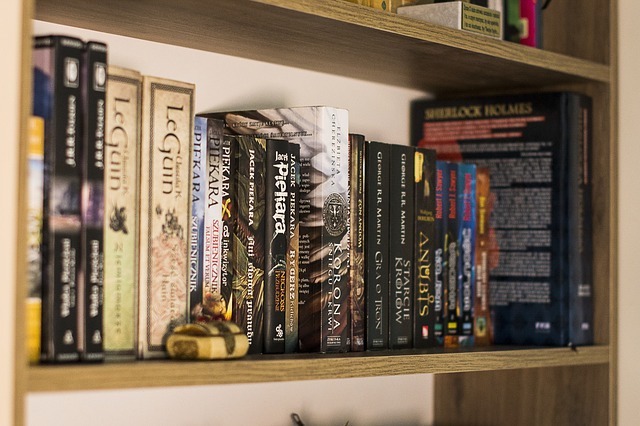A Crash Course in Submitting a Children's Book Manuscript
Whether you're a pro at manuscript submission or a novice hoping to send off your first, a reminder of some of the basics of submitting a manuscript to a children's book publisher is always welcome.

First, collect addresses of appropriate publishers by perusing market guides like Children's Writer's & Illustrator's Market , industry newsletters such as Children's Book Insider, and looking through similar books at the store or library. Then send a self-addressed, stamped envelope to the publisher asking for writer's guidelines (you can start this process while you're still writing your book as it may take a few weeks to receive a response). Review the guidelines carefully to make sure your manuscript fits with what the publisher is looking for.
Most publishers want to see the entire manuscript for picture books. Type your manuscript on white paper, double spaced, indenting at the beginning of each paragraph. Use at least one inch margins on each side, and justify the left margin only. Put your name and the title of the book at the top of each page, and number the pages consecutively. Your name, address, phone number and email should appear in the upper left-hand corner of the first page. Center the title of the manuscript about a third of the way down on page 1, skip a line, and then start the text.
Don't break the text up into pages as it would appear in the finished book, and don't include illustrations unless you're a professional artist (in which case, send a black and white dummy with a sketch of each illustration and 2-3 copies of finished color illustrations along with the typed manuscript). Send with a brief cover letter stating the title, intended age group, and word count of the story. Add any previous publishing experience and memberships to writing organizations (if you don't have such experience, leave this section out). Mention if this is a simultaneous submission (sending the manuscript to several publishers at once), and include a self-addressed, stamped envelope (SASE) with enough postage to return the manuscript if necessary.
For longer fiction, publishers often want a query letter and sample chapters. The query starts out with the same basic information as the cover letter above, but also includes a brief synopsis of the plot. Try to write the query in the same style as the manuscript, and include information on the main characters, the conflict and the resolution of the plot. Add your publishing experience, and tell the editor you can send the entire manuscript if she's interested. Ideally, the entire query letter will fit on one page. Send with the first two chapters of the manuscript and a SASE.
For longer nonfiction, a book proposal is generally requested. This gives a brief overview of the book (one or two paragraphs describing the tone and slant of the information), and a chapter-by-chapter outline (with a sentence or two listing the information covered in each chapter). Attach the first two chapters if it's requested in the writer's guidelines, and also a bibliography of your resources. In your cover letter, list the target audience, the estimated length of the finished manuscript, why your book is different from others on the market on the same subject, and your expertise on the topic. Send with a SASE.
Nonfiction picture book publishers may require a query (in which case you'd outline the book in one or two paragraphs and also include the information from the nonfiction cover letter above), or the entire manuscript. If sending the whole manuscript, attach a brief cover letter as with fiction picture books, but also mention how your book fits into the current market and your credentials on the topic.
Following the proper submission procedures gets easier with practice, and ensures that your manuscript will get a serious look. Take the time to give each editor exactly what she wants, and she'll give your work closer consideration.
Note: For much more information on writing cover letters, query letters and book proposals, see Author to Editor: Query Letter Secrets of the Pros, edited by Linda Arms White. It includes over 30 actual queries used by authors to sell everything from picture books to young adult nonfiction. Go to http://write4kids.com/a2e.html for all the details.
Read These Next
Cashing in on Christmas: Writing and Marketing Christmas Books
Christmas, undoubtedly, is the most commercial time of the year. The fact that 25% of trade books are bought as gifts makes it a very interesting time for authors, publishers and booksellers as well.
What’s on Your Back Cover?
New publishers and self-publishing authors often spend a lot of time on the front cover design of their books, but not so much time and effort is made on the back cover. The back cover of your book is a valuable sales tool and should be used to its best advantage.
Reading Comprehension Increases with Audiobooks
Love of reading and reading comprehension go hand in hand, and audiobooks have proven to promote increased reading activity – and advance reading comprehension – something many people struggle with on a day to day basis.






